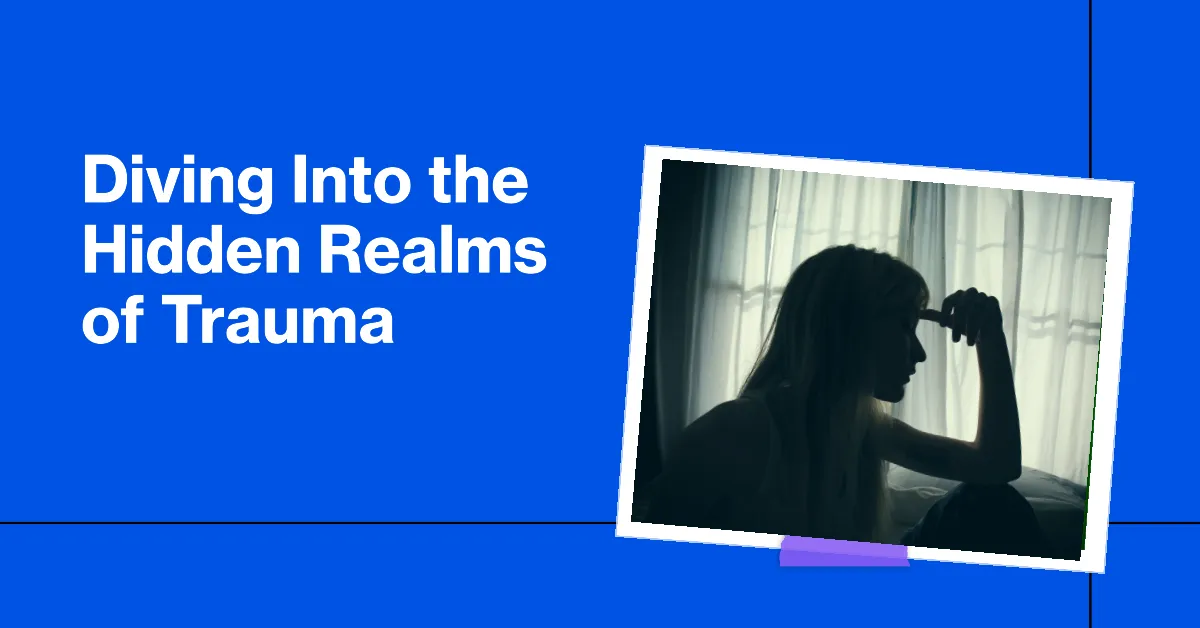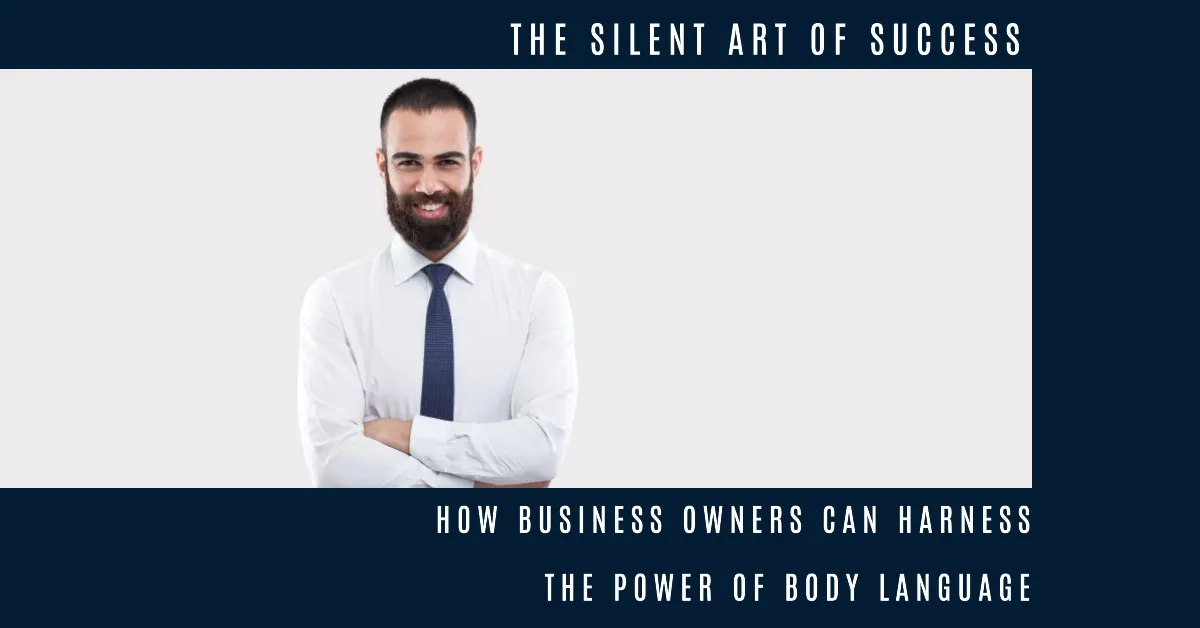How To Engage Body Language
Everyone has different ways of expressing how they feel through their body.
When it comes to body language, there are two types of people: those who are aware of it and those who don’t know what it is. I’m sure you’ve seen someone who uses their hands in a way that makes you think they’re telling a story or explaining something, but, they’re just gesturing at random.
That’s the problem with body language. People don’t realize they’re doing it and they don’t realize how important it is when communicating with others.
Even minimal daily social interactions reveal information about the people around us, so it’s good to have a basic understanding of what to look for.
This is where things get interesting. There are countless ways to use your body language to communicate effectively. For example, there are hundreds of different gestures used around the world that mean different things depending on where you are or who you are talking too!
Body language is the way someone moves their body, the position they take and how they carry themselves. It’s a form of non-verbal communication that’s used to communicate without speaking.
Here are some of the most common body language expressions you’ll find in everyday life:
Eye contact: Making eye contact is a way to show interest in what someone has to say or that you’re paying attention. You can also use eye contact as a way to get someone’s attention if you want to talk.
Facial expressions: Facial expressions are often used when we’re talking about something we don’t like or don’t agree with. For example, when you raise your eyebrows, it shows surprise; when you smile, it shows happiness; and when you frown, it shows anger or disapproval.
Hand gestures: Hand gestures can be helpful when explaining something because they help us give more detail and make what we’re saying clearer for others to understand. If someone uses hand gestures while talking on the phone or during a conversation with friends, this means they’re really interested in what’s going on and want others around them to know too.
Body language is the non-verbal communication between two people. It can include facial expressions, gestures, distance, posture and eye contact.
There are many things that you can do to improve your body language.
Here are some examples:
Posture: Stand up straight with your shoulders back and relaxed. Keep your head up and chin parallel to the ground (not tilted down). This will make you look confident even if you don’t feel it inside!
Eye Contact: Look people in the eyes when they’re talking to you — it shows interest in what they have to say! Don’t stare at someone’s face, though — try looking at their forehead or eyebrows instead (this will help keep them from feeling uncomfortable!).
Facial Expressions: Smile when you greet someone — this makes them feel welcome and happy!
Body language is a powerful tool in communication. It can make or break a conversation and often times, people aren’t even aware of it.
Here are some benefits of engaged body language:
You’ll look more confident. Even if you’re not feeling it, a confident posture and good eye contact will help you come across as someone who knows what they’re talking about.
You’ll feel more confident. When you take up space, stand tall and smile, it’s impossible not to feel better about yourself!
People will like you more and think you’re more trustworthy. Good body language can help create trust between coworkers and clients by showing them that you’re trustworthy and stable.
You’ll be perceived as smarter and more competent than those who don’t use good body language. People tend to assume that those who seem confident are also intelligent (even if they aren’t).
You’ll be perceived as less threatening by others who don’t know you well. If someone sees another person using good body language around them, they may think that person is friendly or at least not aggressive towards them – which could lead to positive interactions down the line!
Body language can tell the other person if you are engaged in a conversation or not. But, did you know it can also reveal your true feelings? It’s true. That’s why most people are always on the lookout for signs of deception from others. Check out this list to see how body language can reveal what someone is really fee ling and thinking.
Body language can be divided into two categories: kinesics (how we use our bodies) and proxemics (how we use space). Kinesic behaviors may include facial expressions, gestures, head movements and posture. Proxemic behaviors include distance between people, the use of personal space and eye contact.
Conclusion
The study of body language involves studying how people move their bodies in relation to one another when communicating with each other. It includes observing the postures and gestures that are used when speaking or listening to someone else speak. It also includes noticing how people move their bodies when they are happy, sad or angry about something; for example, people who are angry may clench their fists or make fists with their hands when talking about something that angers them. The study also includes noticing how people use their bodies when they tell lies. Covering eyes, nose and mouth when talking (could mean hiding something), Fiddling with rings and jewelry (nervousness).To know more how body language can help you go to www.elenapetrescu.com






